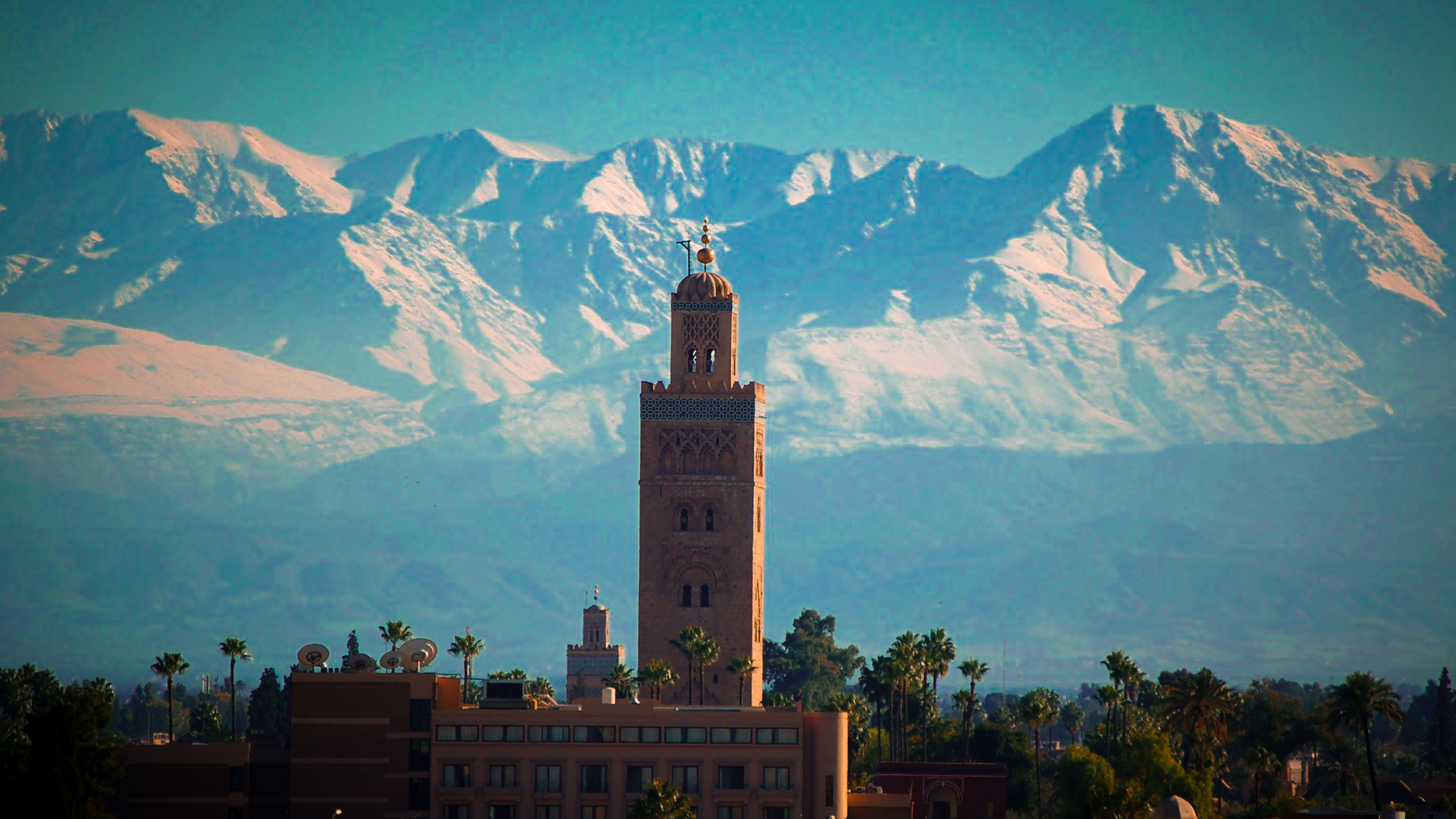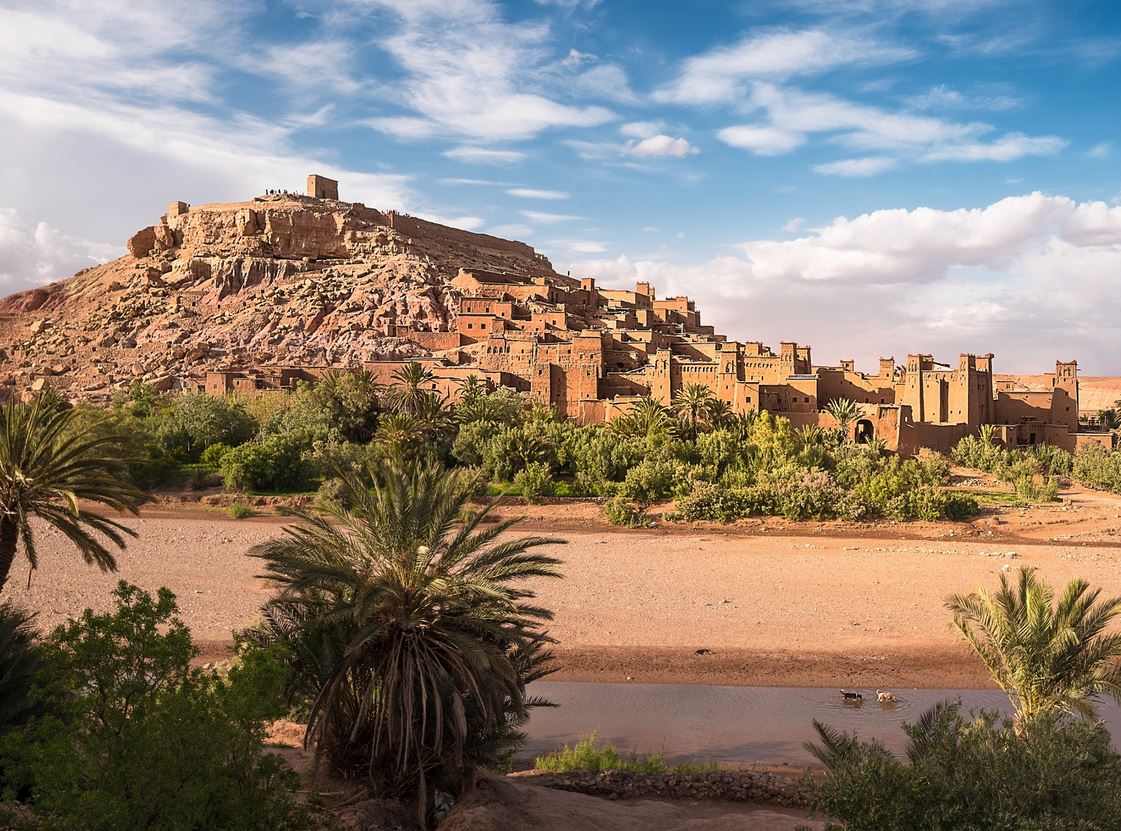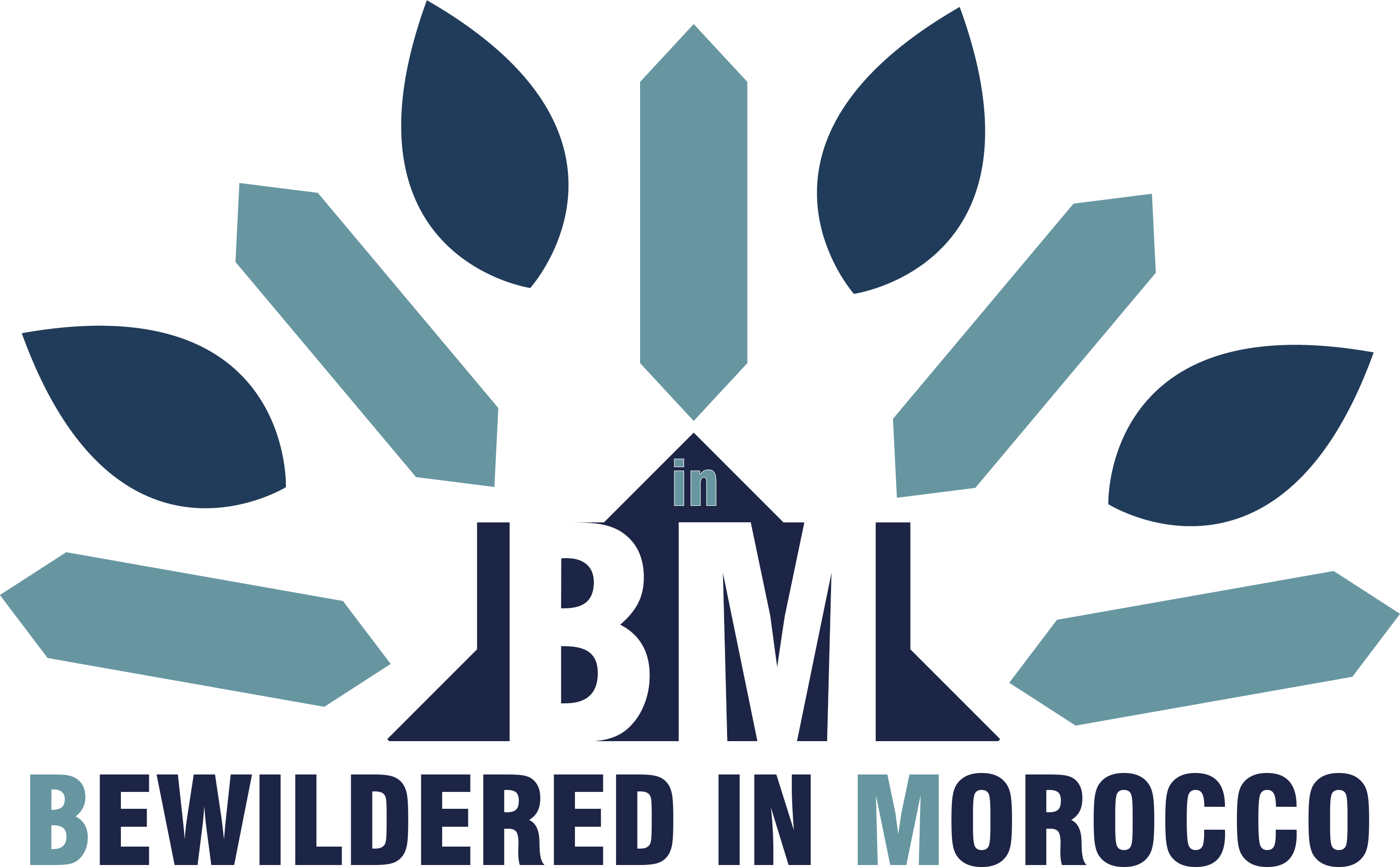This Morocco photography guide will help you capture the magic of this North African gem in just six days, while respecting the local culture and getting the shots you've dreamed of. Whether you're wielding a professional camera or just your smartphone, these insights from my years of experience here will transform your Morocco adventure.
Day 1-2: Marrakech - The Red City Through Your Lens

Marrakech hits you like a sensory explosion the moment you step into the medina. The chaos, the colors, the constant motion—it's a photographer's paradise and nightmare rolled into one.
Jemaa El Fna: Morocco's Most Dynamic Square
Start with the famous Jemaa El Fna square, but here's my insider tip: visit at different times of day. The morning light casts beautiful shadows across the square when it's relatively quiet, while evening brings the magic of smoke and lights from food stalls.
I remember climbing onto a rooftop café one evening, setting up my small tripod, and capturing the blend of smoke and lights below. The scene was mesmerizing, but I needed that tripod for the low-light conditions. If you're planning similar shots, pack light but smart.
The Souks: A Maze of Photographic Opportunities
The souks of Marrakech are an endless labyrinth of visual treasures. Don't try to navigate with Google Maps—trust me, I learned this the hard way! Instead, wander aimlessly and let the scenes find you.
The spice vendors with their perfectly formed pyramids of colorful spices make for stunning shots. I've walked through these markets countless times, and visitors always stop to photograph those carefully heaped spices in their blue bags. The contrast is simply irresistible.
Cultural Photography Tip: Always ask permission before photographing people or their shops. Most shop owners are happy to pose, especially if you've just made a purchase. It's about building that human connection first.
Architectural Gems: Palaces and Gardens
The Saadiens Tombs and Bahia Palace offer incredible architectural photography opportunities. The Bahia Palace, with its intricate tilework and peaceful courtyards, reminds me of Andalusian architecture—which makes sense given the historical connections.
For the famous Majorelle Garden, I'll be honest—it's beautiful but expensive and crowded. If you go, arrive early for the best light and fewer tourists in your shots.
Day 3-5: The Sahara Desert - Golden Hour Magic

Ait Ben Haddou: A UNESCO World Heritage Photoshoot
This traditional pre-Saharan settlement is pure photographic gold. The earthy colors and ancient architecture create an otherworldly atmosphere. It's been used in countless movies for good reason—the light here is extraordinary.
Pro Tip: Arrive early morning or stay for sunset. The golden hour light transforms these ancient walls into something truly magical.
Merzouga Desert: Where the Real Magic Happens
The Sahara desert photography experience is unlike anything else. I love how the sand changes color throughout the day—vibrant reds at sunrise, golden yellows at midday, and deep oranges at sunset.
The variation in sand shades is incredible. Depending on the time of day, you'll see the dunes shift through a palette of colors. Plan your shoot around sunrise or sunset for the most dramatic lighting.
Desert Photography Essentials:
- Protect your gear from sand with plastic bags or rain covers
- Bring extra batteries—cold desert nights drain them quickly
- Clean your lens frequently—sand gets everywhere
- Use silhouettes and shadows for dramatic effect
Camel Trekking: Capturing the Journey
Riding camels into the desert at sunset is a photographer's dream. Play with silhouettes against the endless dunes, capture the caravan moving across the landscape, or focus on the details—the texture of the sand, the weathered hands of your guide, the ancient eyes of the camels.
Day 6: Fez - The Cultural Heart

Fez Medina: The World's Largest Ancient City
Fez presents its own unique photographic challenges and rewards. The medina is the largest in the world, and every corner tells a story.
The Famous Tanneries
The Chouwara Tannery is a must-photograph location. The colors are incredible—vibrant dyes in circular vats creating an almost abstract pattern. Some shops charge for rooftop access, others don't. I found one where the owner gave me a fascinating explanation of the leather-making process without charging, so I left a generous tip.
Architectural Details and Daily Life
After living in Fez for years, I was amazed by how many photographers stopped to capture the winding alleys and architectural details. The interplay of light and shadow through ancient archways creates natural frames for your subjects.
The carpet houses tucked away from the busy markets offer peaceful moments to photograph the incredible handcrafted textiles. The attention to detail and warm color combinations are perfect for close-up shots.
Essential Morocco Photography Guide: Cultural Sensitivity
The Golden Rule: Always Ask Permission
This is absolutely crucial in Morocco. Morocco photography has become more challenging in recent years as tourists with cameras have sometimes been insensitive to local customs and daily life.
I've learned that Moroccans are often camera-shy, particularly women. Some may ask for a small tip (5-10 dirhams), which is completely normal and respectful. Think of it as a modeling fee!
Building Connections Through Photography
Some of my best shots came from taking time to connect with people first. Show them the photos you've taken—especially children love seeing themselves on camera! If you have a Polaroid, giving away prints creates instant smiles and lasting memories.
Language Tip: Learning a few words in Darija (Moroccan Arabic) goes a long way. A simple "Salam" (hello) and asking "Mumkin nswer?" (Can I take a photo?) in Arabic will earn you respect and often permission.
What Not to Photograph
Be sensitive about photographing:
- Religious processions or prayer times
- People in difficult living conditions
- Anyone without permission
- Inside mosques (non-Muslims aren't allowed anyway)
Technical Tips for Morocco Photography
Camera Gear Recommendations
You don't need the most expensive equipment. I've seen incredible photos taken with smartphones! The key is knowing your gear well before you travel.
Essential Gear:
- Extra SD cards (high-speed ones are hard to find in Morocco)
- Portable hard drive for backing up photos
- Lens cleaning kit for dust and sand
- Screen protector for your camera
- Universal power adapter for European plugs
Smartphone Photography
Smartphones are actually advantageous in Morocco—people are less likely to hassle you when using a phone versus a large camera. The latest phones have incredible cameras, and you'll capture more candid moments.
Best Photography Times
- Magic Hour: Early morning before 10am when cities are quieter
- Golden Hour: Just before sunset for warm, soft lighting
- Blue Hour: Just after sunset for city lights and sky contrast
Beyond the Tourist Trail
Hidden Gems for Photographers
Essaouira: This coastal city offers a completely different photographic experience. The blue and white buildings, Atlantic waves, and colorful fishing boats create a more relaxed shooting environment.
Chefchaouen: The famous blue city is about 4 hours from Fez. While touristy, the blue-painted streets are genuinely stunning for photography.
Making the Most of Your 6-Day Morocco Photography Adventure
This Morocco photography guide represents just the beginning of what this incredible country offers. Six days barely scratches the surface, but it's enough to capture some magical memories and develop a deep appreciation for Moroccan culture.
Remember, the best photographs often come when you put down the camera and engage with the people and places around you. Morocco rewards patience, respect, and genuine curiosity.
Final Tips:
- Be patient with street photography—it's the most challenging but rewarding
- Stay humble and apologetic if someone objects to being photographed
- Embrace the unexpected—some of my best shots were completely unplanned
- Back up your photos every day—you don't want to lose these memories!
Have you photographed Morocco before, or are you planning your first photography trip? I'd love to hear about your experiences or help answer any questions about capturing this incredible country! Share your thoughts in the comments below, and don't forget to tag me if you use any of these tips—I love seeing Morocco through other photographers' eyes.
What aspect of Morocco photography are you most excited about? The desert landscapes, the vibrant city life, or perhaps the architectural details? Let me know what draws you most to photographing Morocco!
